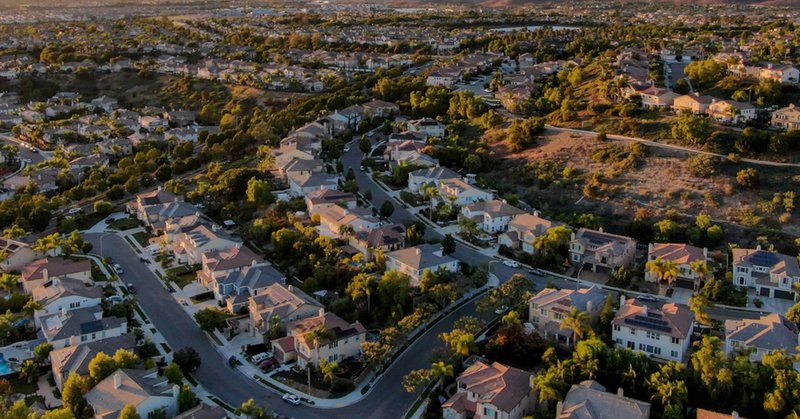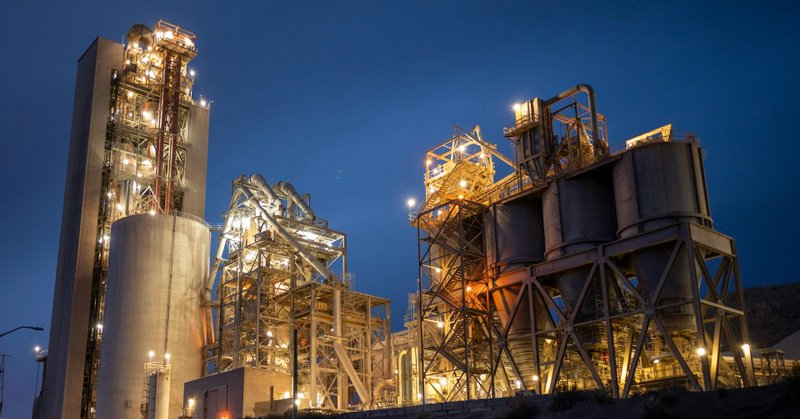
Climate TRACE
@ClimateTRACE
Followers
7K
Following
472
Media
329
Statuses
985
Climate TRACE is a worldwide coalition bringing radical transparency to global emissions. #climateaction #decarbonization #ghg #emissions #ai #datascience
Joined June 2020
SELECTED SECTOR CHANGES - OCTOBER 2025 VS. OCTOBER 2024 📈Transportation emissions increased 1.13% 📈Power emissions increased 0.81% 📈Waste emissions increased 0.35%
1
0
0
Trump says NEWSMAX is 'terrific!' Click below to find out why...
15
659
5K
Year-to-date emissions through October 2025 have reached 50.31 Bt, 0.55% higher than 2024’s year-to-date total for the same period.
1
0
0
New monthly emissions data from Climate TRACE are out for October 2025, showing a monthly total of 5.03 Bt CO2e, a 0.40% increase vs. October 2024.
1
1
1
5. Shifting to solar electricity generation Global potential: 9.2 Bt CO2e Project spotlight: Amazon solar farm, Rajasthan, India https://t.co/IHstekZ9Vi
0
0
1
Internationally recognized HIV investigator and University Hospitals’s new Chair of Medicine, Dr. Igho Ofotokun, shares insights on the future of infectious disease medicine. Watch the latest Science@UH podcast.
0
0
0
4. Electrification and energy efficiency Global potential: 1.6 Bt CO2e Project spotlight: District Heating System, Copenhagen, DNK https://t.co/oaKRt3K3Nj
1
0
1
3. Partial substitution of nitrogen fertilizer Global potential: 177 Mt CO2e Project spotlight: Selected farms, North America https://t.co/QT04wDyEmo
1
0
0
2. Electric arc furnace for #steel production Global potential: 47 Mt CO2e Project spotlight: Glenbrook Steel Mill, Auckland, New Zealand https://t.co/x92QsacAcn
1
0
0
1. Landfill covering and methane capture Global potential: 135 Mt CO2e Project spotlight: Jardim Gramacho, Rio de Janeiro, Brazil https://t.co/qbxdFlPv9C
1
0
0
We’re excited to begin sharing our Emissions Reduction Roadmap solutions spotlight series. Here are five strategies capable of reducing more than 10 Bt CO2e annually when adopted at scale… 🧵
1
3
3
Learn more about their work, alongside Duke University’s’ Energy Data Analytics Lab, in this blog from Mizzou Engineering:
engineering.missouri.edu
Researchers are using satellite data and AI to produce a granular inventory of greenhouse gas emissions sources around the world.
0
0
0
Researchers at University of Missouri’s engineering department are making this possible with their work on building #emissions. “We’re going from a one-size-fits-all approach to granular, targeted interventions,” said assistant professor Jordan Malof, a member of Climate TRACE.
1
0
0
The Climate TRACE emissions reduction tool takes each emitting source on the emissions map and pairs it with an achievable emissions reduction pathway.
1
0
1
Billions of people are exposed to harmful air pollution caused by the burning of fossil fuels, and now you can see how that pollution moves across more than 2,500 of the most populated urban areas.
thecooldown.com
Forty percent of National Flood Insurance Program claims come from outside of designated high-risk flood areas.
0
3
1
Did you notice the new look at https://t.co/s3SKoKEOJi? As we’ve added new tools to the platform, coalition members at @EarthGenome have worked hard to integrate massive amounts of data while presenting it in a visually compelling, clear way.
climatetrace.org
We make meaningful climate action faster and easier by mobilizing the global tech community to track greenhouse gas (GHG) emissions with unprecedented detail.
💡How do we approach large data sets, capturing its scope while also making clear its granularity and the stories it can tell? That's exactly what we sought to do with global greenhouse gas emissions data with our long-standing partner, @ClimateTRACE ↪️ https://t.co/wLSLqfQM86
0
0
2
Read today’s release to learn more about the latest global emissions data from Climate TRACE.
climatetrace.org
November release 5.1.0 includes monthly emissions data now through September 2025.
0
0
0
SELECTED SECTOR CHANGES - SEPTEMBER 2025 VS. SEPTEMBER 2024 📈Transportation emissions increased 3.35% 📈Waste emissions increased 4.08% 📉Agriculture emissions decreased 0.05%
1
1
1
In 2000, the S&P 500 had an elevated trailing P/E of 26, well above its long-term avg. of 14. For the next 11 years, the S&P 500 delivered zero returns! The current S&P 500 trailing P/E is 30 – even higher than 2000. History rhymes. For standardized performance visit our website.
0
44
294
Today’s data release paints a clear picture of global emissions for the first three quarters of 2025, where year-to-date emissions have reached 45.48 Bt, 0.96% higher than 2024’s year-to-date total.
1
0
0
New monthly emissions data from Climate TRACE are out for September 2025, showing a monthly total of 4.94 Bt CO2e, a 0.66% increase vs. September 2024.
1
5
2
We’ve unpacked the research, gathered the data, and synthesized the results in a new white paper reviewing Climate TRACE findings from the emissions reduction roadmap tool. Read it here: https://t.co/VSinm7JH6H
0
0
0









